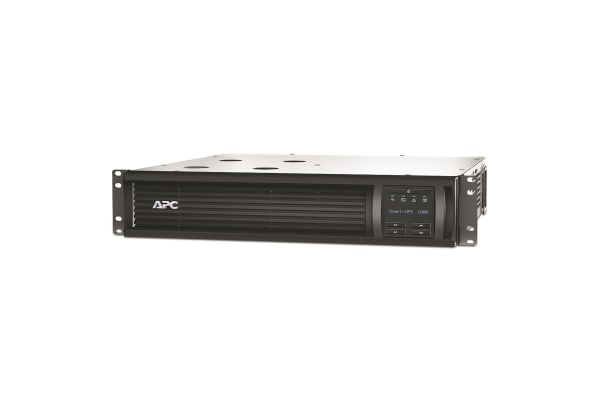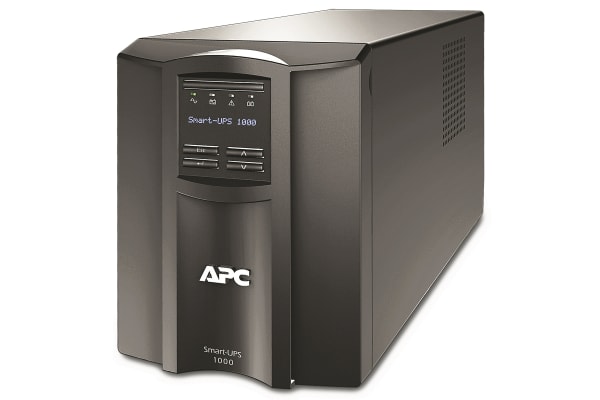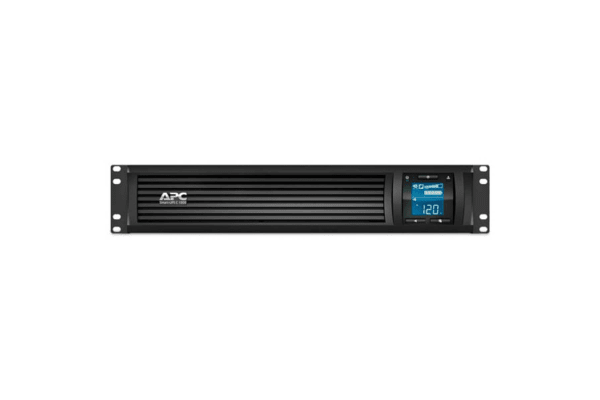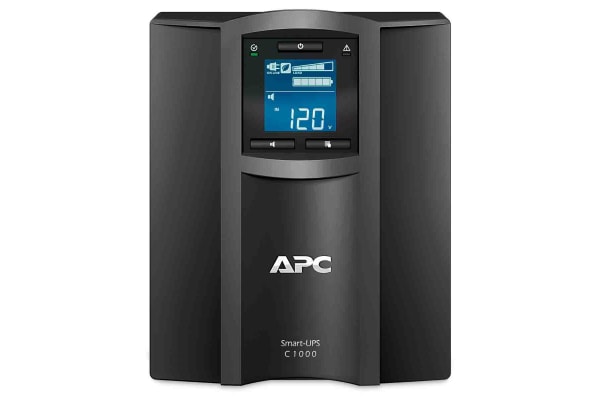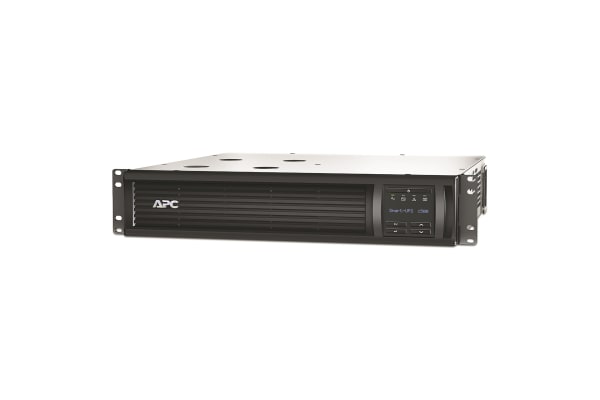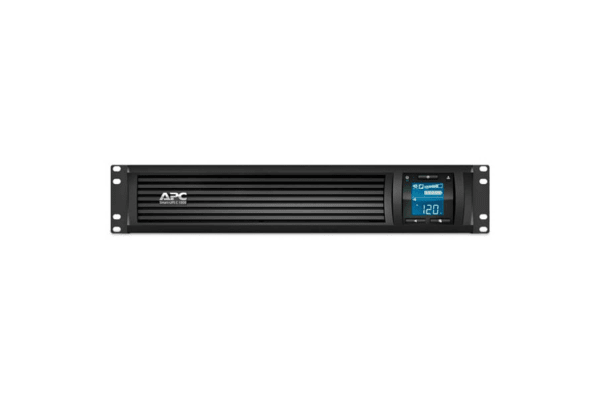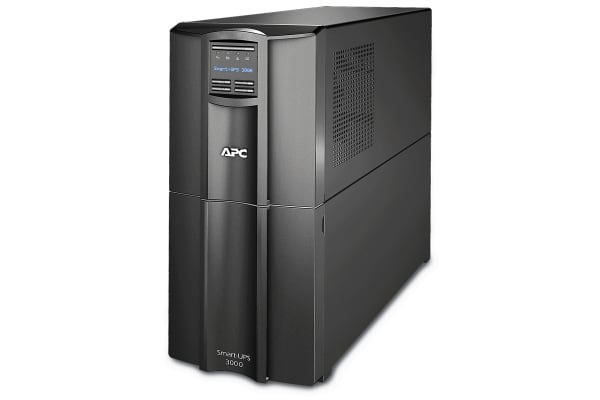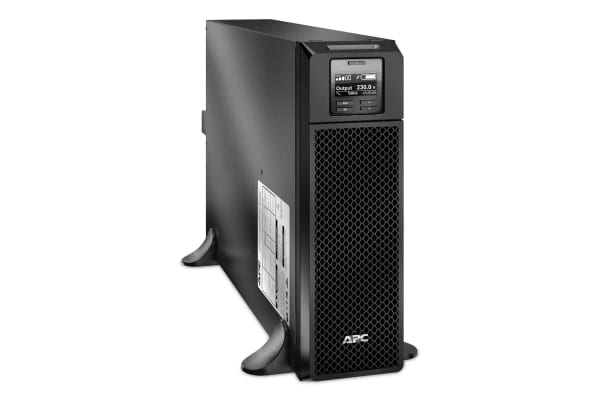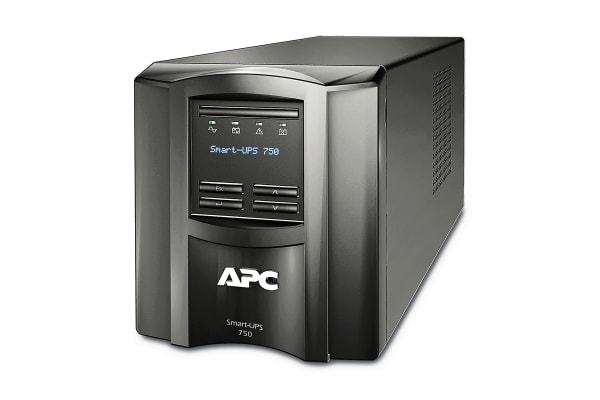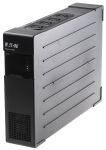UPS Uninterruptible Power Supplies
An uninterruptible power supply, commonly known as UPS Power Supply is easy to install a device that is designed to provide power to your computers, servers, server rooms and data centres in case of main energy failure, electrical surge or unexpected energy cut off. These devices contain a battery that guarantees power to your computer system for a certain period of time, creating an extended run long enough to shutdown software or for saving the current task and shutting off the computer. For further reading, see our complete guide to uninterruptible power supplies (UPS)UPS Uninterruptible Power Supply Types?There are several types of UPS system solutions available:Online UPS – A system of supplying power by converting AC input (utility power) to DC and reconverting it to stable AC by the inverter while constantly charging the batteries. Supplies power without momentary power breaks in the event of a power outage.Standby UPS – A system where, normally AC input (utility power) is output as is to connected devices and when a power outage or abnormal voltage is detected, inverter starts feeding using power from the batteries. In the event of a power outage, a few milliseconds of momentary break occurs in AC output.Parallel processing UPS – While power from AC input (utility power) is supplied, the bidirectional inverter connected in parallel corrects voltage and absorbs noise. Because this is the online inverter (parallel) system, it has both high efficiency and high reliability.Hybrid UPS – This system consists of three modes: double conversion mode, economy mode, and active filter mode. The UPS automatically selects the power feeding mode to best suit the power situation and load conditions. It is possible to shift between the respective modes with no momentary break in output voltage. Double conversion mode is selected when the power situation is poor and economy mode is selected when the power situation is good.How to choose the right UPS deviceA UPS power supply may vary in the backup time, size, numbers and type of communication ports.
-
APC 1000VA Rack Mount UPS Uninterruptible Power Supply, 230V Output, 700W - Line Interactive
IDR20,825,489.94 -
APC 1000VA Tower UPS Uninterruptible Power Supply, 230V Output, 700W - Line Interactive
IDR14,428,458.62 -
APC 1000VA UPS Uninterruptible Power Supply, 230V Output, 600W
IDR16,417,907.25 -
APC 1000VA UPS Uninterruptible Power Supply, 230V Output, 600W
IDR12,070,426.53 -
APC 1500VA Rack Mount UPS Uninterruptible Power Supply, 230V Output, 1kW - Line Interactive
IDR26,296,237.67 -
APC 1500VA Tower UPS Uninterruptible Power Supply, 230V Output, 1kW - Line Interactive
IDR20,603,962.26 -
APC 1500VA UPS Uninterruptible Power Supply, 230V Output, 900W
IDR19,372,343.88 -
APC 3000VA Tower UPS Uninterruptible Power Supply, 230V Output, 2.7kW - Line Interactive
IDR49,542,169.25 -
APC 5000VA UPS Uninterruptible Power Supply, 230V Output, 4.5kW
IDR100,932,080.74 -
APC 750VA Rack Mount UPS Uninterruptible Power Supply, 230V Output, 500W - Line Interactive
IDR14,852,109.33 -
APC 750VA Tower UPS Uninterruptible Power Supply, 230V Output, 500W - Line Interactive
IDR14,674,950.12 -
APC UPS Uninterruptible Power Supply, 230V Output, 900W
IDR15,690,914.66 -
Eaton 1150VA Rack Mount UPS Uninterruptible Power Supply, 230V Output, 770W - Line Interactive
IDR19,256,650.21 -
Eaton 1200VA Rack Mount, Tower UPS Uninterruptible Power Supply, 230V Output, 750W - Line Interactive
IDR7,766,684.94 -
Eaton 1200VA Tower UPS Uninterruptible Power Supply, 230V Output, 750W - Offline
IDR5,578,050.20 -
Eaton 1500VA Battery Expansion Module, 230V Output, 1.35kW
IDR12,609,875.80 -
Eaton 1600VA Rack Mount, Tower UPS Uninterruptible Power Supply, 230V Output, 1kW - Line Interactive
IDR9,697,290.28 -
Eaton 2000VA Battery Expansion Module, 230V Output, 1.8kW
IDR16,782,085.33 -
Eaton 2000VA Tower Battery Expansion Module, 230V Output, 1.8kW
IDR19,218,889.81 -
Eaton 6000VA Tower UPS Uninterruptible Power Supply, 230V Output, 5.4kW - Online
IDR71,989,573.26 -
Eaton 650VA Rack Mount UPS Uninterruptible Power Supply, 230V Output, 420W - Line Interactive
IDR10,584,764.57 -
Eaton 650VA Rack Mount, Tower UPS Uninterruptible Power Supply, 230V Output, 400W - Line Interactive
IDR4,222,556.73 -
EATON ELLIPSE PRO 1600 DIN SHUKO UPS
IDR9,571,212.50 -
OPTI 3000VA Stand Alone UPS Uninterruptible Power Supply, 220 → 240V ac Output, 2.7kW - Online
IDR14,717,745.24



